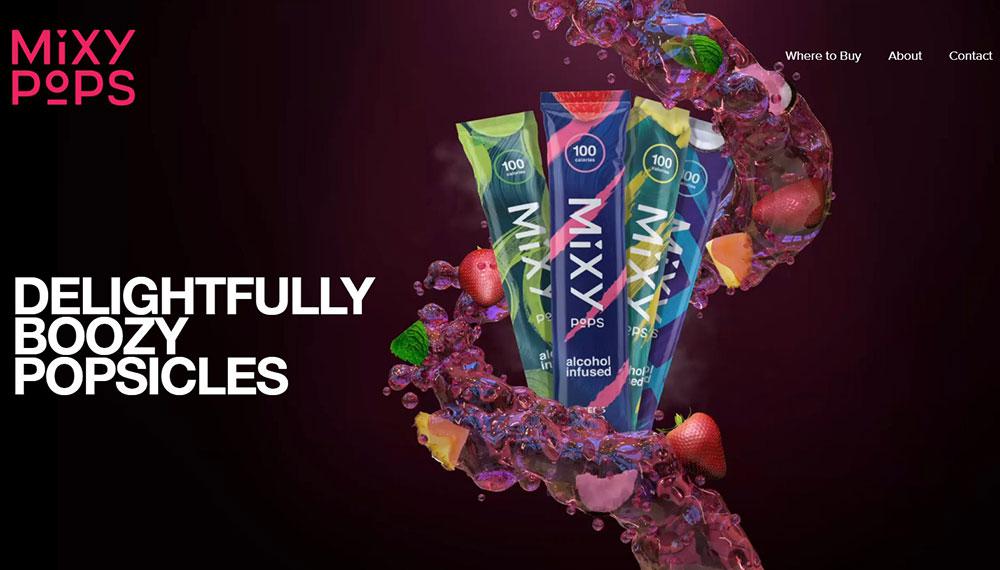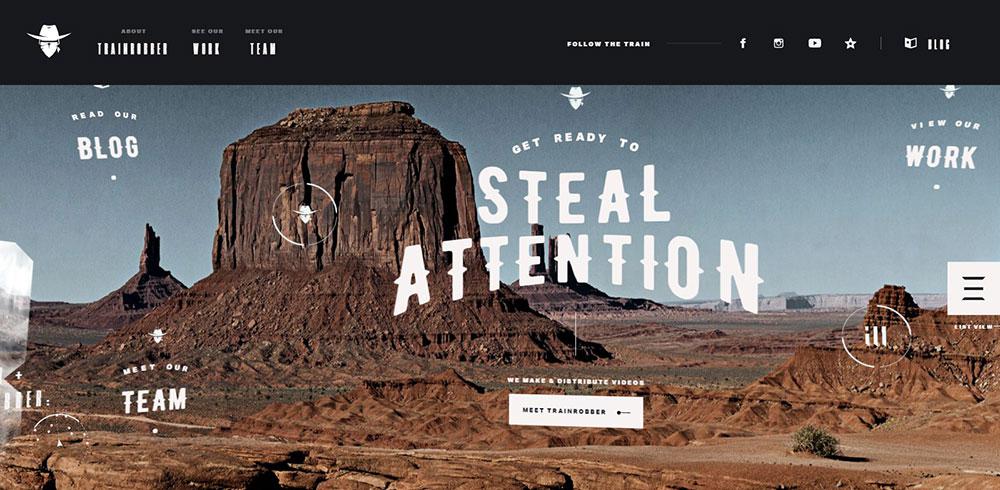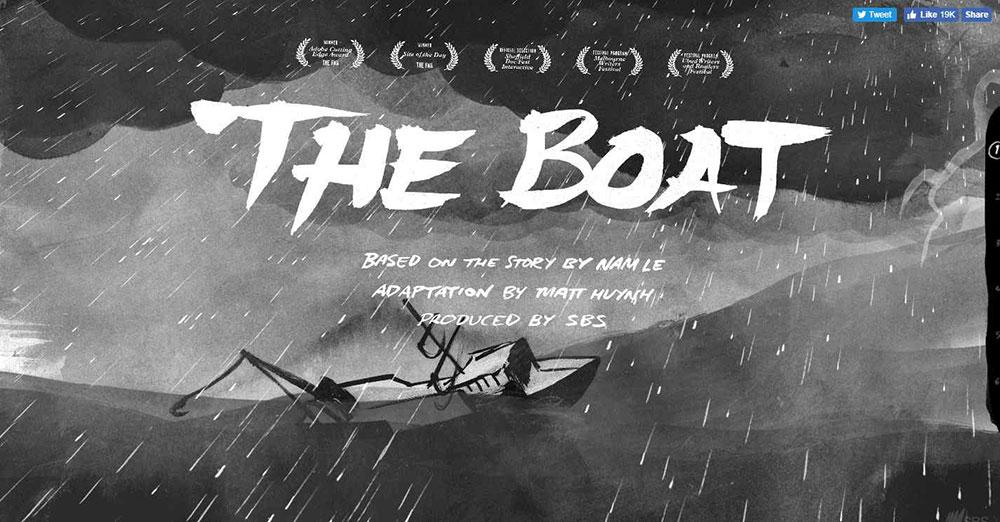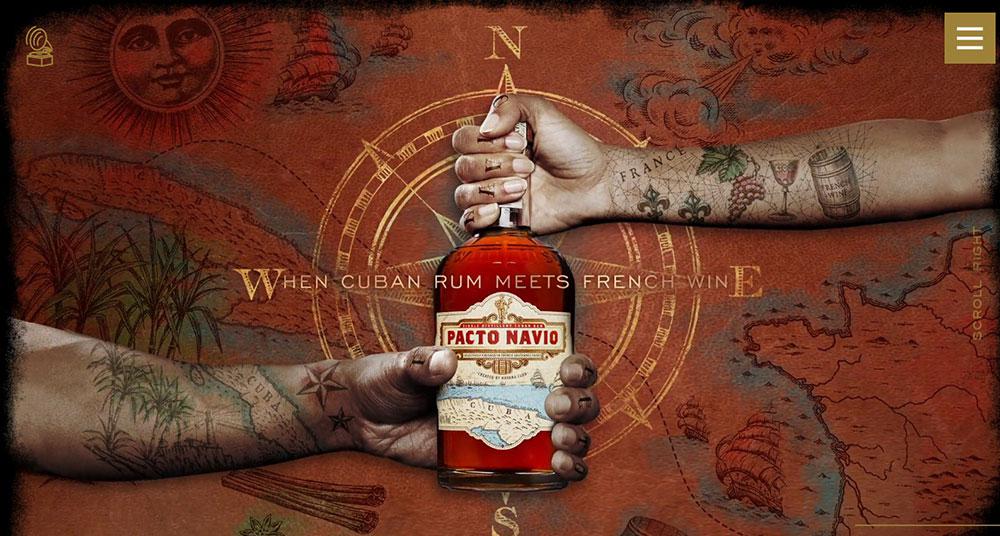In recent years, video has emerged as the most successful internet marketing medium. Furthermore, it is a vital web design item that you must use in your website using Video to make an eye-catching and visual dynamic. Isn’t it true that it’s easier said than done? Several reasons have led to the increased use of video in web design.
With the availability of video editing tools, quicker internet connections, and greater browser performance, web designers all around the world may now include video in their designs. If utilized correctly, a video backdrop on your website may also help you catch the attention of your website visitors!
If a website contains video, the typical visitor would spend 88 percent more time on it? And that isn’t all. Including video marketing in your website may increase click-through rates, average order value, conversion, and revenue. So how can you put videos on your website? Amongst the trendiest website design trends that appear to be around to stay is video backgrounds. Marketers adore video backdrops because they make websites appear more contemporary and add a feeling of creativity that static background photos just cannot match.
Furthermore, the growing availability of free stock videos and falling video production costs have made high-quality motion content more accessible than ever before. Above all, designers have come to realize the impact that video has on the spectator.
Motion, movement, and animation are all sure to captivate a digital audience far more successfully than static features. Below are some pointers for incorporating video on the web:
Extensive brand video integration
Many businesses have begun to incorporate completely integrated videos, including multiple segments, into their websites. Some films give in-depth lessons on certain items, while others may illustrate the brand’s specific lifestyle. Successful brand films are excellent for generating extremely engaging experiences that encourage audiences to form a personal bond with a particular product.
This design showcases the product in the best ways imaginable. It begins with a lovely parallax effect with a slight video texture, which causes the user to pause and read the opening text. As a consequence, the visual aspects of the website complement those of the product.
Welcoming background videos

Background movies with overlay text are a popular method to add a little animation to a website and are by far one of the most commonly utilized strategies. Background films might be merely ornamental or express important aspects of a company’s brand. And the more unique or stunning the film, the more likely your viewers will be piqued and desire to investigate your website. Only keep in mind your background video is muted for a quiet visit.
Despite background movies are an extremely successful user retention tactic, not all motion content must be filmed. Animation is still utilized often in web design and may accomplish comparable results. Dropbox is a great example of a website that uses animation rather than background video.
Once you initially visit the site, a short cartoon animation plays before becoming a still image. It demonstrates some of the technologies that may be used in conjunction with Dropbox — a computer and a tablet — as well as the brand logo synchronizing on the laptop screen. It provides a fair overview of the company’s services while also aesthetically stimulating visitors.
Video mouse-over effect
For years, the mouse-over effect has been utilized to encourage visitors to click on drop-down menus and star ratings on websites. Many websites now employ the mouse-over effect to activate videos. This approach draws the visitor’s attention, surprising them when a once static image begins moving.
It compels the audience to focus on the video and urges them to keep watching. Users can opt-out of typical click-to-play videos since they have the option of playing the video. In contrast, the hover effect offers companies a few extra seconds to pique the audience’s attention before they decide whether to stay or leave.
Furthermore, instead of just cumbersome YouTube embedded videos, the effect enables more seamless integration of video into the homepage. The main disadvantage of the mouse over effect is that it does not translate well to mobile sites, so keep this in mind if you’re creating a mobile version for a customer.
Interactive storytelling
Storytelling is an excellent method for companies to engage emotionally with their target group, and interactive videos are expanding the number of ways to convey a story. Users may visit the website for the items or merely out of curiosity, but they remain and return because the tale takes them on an experience.
Each portion of the tale connects Weber’s goods to the wider barbecue culture. The sequence of films appeals to passionate grillers, inviting them to “Continue the Journey” to discover more about the goods and business. When a member of the audience can connect to an event represented in the films, they begin to feel a part of the barbecue culture Weber is fostering through the site.
Interactive product exploration
One last popular application of video in web design is to allow consumers to get up close and personal with items. Whereas interactive storytelling wins the heart of the customer, interactive product discovery wins the head of the consumer. When used together, these two tactics are a highly efficient way of persuading visitors to buy an item!
This type of video interaction provides for a clear representation of the product and its benefits. It also illustrates the superiority of web-based videos over television ads. The audience is left with the feeling that they used the goods instead of watching an advertisement.
Choosing a Video Hosting Site
Essentially, by opting to embed videos on your website, you are delegating all server load concerns and file format modifications to someone with the necessary time and resources. Vimeo and YouTube are the most popular for this, but there are other players out there. However, as you are undoubtedly aware, to embed a video on your website, you must first upload it to a third-party video hosting provider. And you have a lot of options.
There is no perfect or the worst video host model; it is simply an issue of finding the perfect combination of functionality and pricing. So, the essential aspects to consider before selecting the best video hosting service have been summarized.
Quick steps to integrate a video on a web page:
Edit your HTML

Enter the page, article, or part of your website where you want to embed the video into edit mode. Locate the location in the code where you want the video to appear and move your pointer there.
Copy your embed code
After that, copy your embed code. Later in the post, you’ll discover where to locate embed codes for YouTube, Vimeo, Facebook, Instagram, and more, so if you’re not sure where to find the embed code, go ahead to learn more.
Paste the embed code into your HTML
Simply copy and paste the code into the location in your HTML that you discovered in the first step. You may now save or publish your work. The video should show exactly where you put the code inline.
You may need to modify the code depending on where you are embedding your video and how your website is set up. For further information, please contact your webmaster.
Source link





